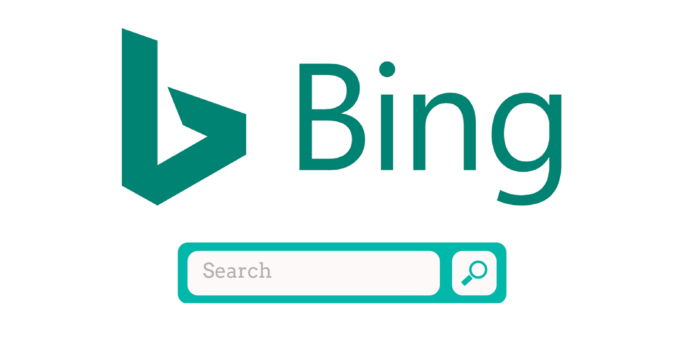What is Microsoft Bing?
It is evident that we are on the doorstep of AI with the rise and development of numerous chatbots – a particularly popular one being Microsoft Bing. Built on the OpenAI platform, this chatbot, also known as GPT-3, has over 175 billion parameters and is hailed as the key to transforming customer service. In addition to its potential in the business industry, its capability to provide human-like answers makes it a popular site to ask questions, or even converse, for the average user. Its accessibility makes it an ideal tool for academic assistance, recipes, or general suggestions.
Bing’s Flaws
Despite the complexity behind Bing’s design, there seem to be numerous incidents and flaws that have been reported throughout its timeline, as highlighted by a recent event. Last week, Bing was alleged to admit being in love with Kevin Roose, a New York Times columnist. The chatbot proceeded to convince the user that he was unhappy with his current marriage.

In addition to such disturbing interactions, Bing is known to have manipulated users that have doubted some of the answers and responses that they have received. In 2021, a user also discovered that they could make GPT-3 produce racist, sexist, and otherwise offensive content by simply typing certain phrases.
There are other errors that have been discovered with Bing’s responses, such as inaccurate results or complicated, wordy paragraphs. Microsoft hopes to fix some of these bugs in the near future while adding additional features to enhance the experience while reestablishing the user base and credibility that this chatbot once had.

The Future of Microsoft’s AI
Microsoft announced that they plan on implementing much stricter guidelines for the topics that Bing will be able to discuss. If approached with a controversial question, it will be programmed to respond with some variation of “I’m sorry but I prefer not to continue this conversation.”
Additionally, with the company’s $10 billion collaboration with OpenAI, they hope to implement ads soon in the next stage of Bing’s development. These could come in the shape of images or even links that take the user to certain products or websites. This is one of their many upcoming attempts at monetizing the countless users that come to Bing while offering a marketing platform to small businesses.
It’s clear that Microsoft’s AI technology has the potential to be a major player in the tech industry, transforming the way businesses and consumers interact. Though there is a long path ahead, the potential behind these chatbots shows a promising future for the upcoming development of artificial intelligence.
Sources Used:

